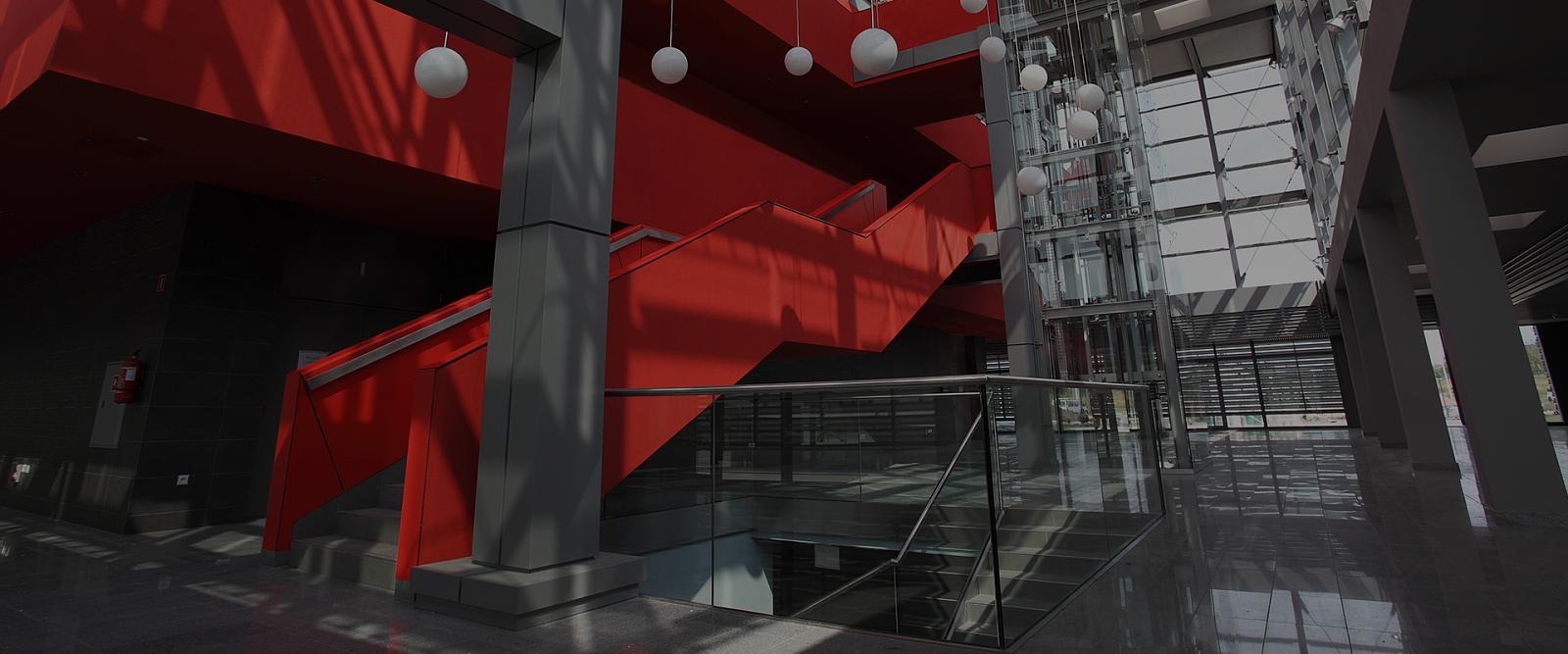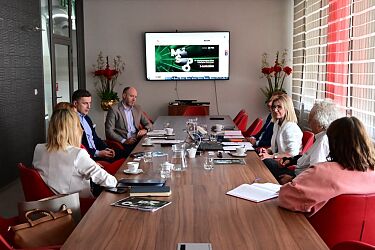Nadchodzące wydarzenia
Zanurz się w magii Scyzorykonu 2025! 🔥 Święto Fantastyki i Gier za nami!

Rotinger Dub It Tuning Festival 2025 - relacja z pierwszego dnia

Strabag wybuduje hale dla Targów Kielce

Targi Kielce stawiają na rozwój - zobacz, co może się zmienić

Społeczna Odpowiedzialność Biznesu Targów Kielce

30 lat Targów Kielce

Aktualności
25 lipca 2025
Doświadczony ekspert branży, dziś odpowiedzialny za realizację nowej strategii dotyczącej produktów Marki Własnej sklepów Intermarché podzieli się wiedzą w czasie Private Future Labels Summit w Targach Kielce. Konferencje odbędą się w ramach Targów Marek Własnych, 22 i 23 października 2025.
22 lipca 2025
Ceniony ekspert rynku, w firmie YouGov odpowiedzialny za realizację projektów i doradztwo bazujące na badaniu Panelu Gospodarstw Domowych w połączeniu z innymi źródłami wiedzy, omówi strategie liderów w obszarze marki własnej. Wiedzą podzieli się w czasie Targów Marek Własnych, które potrwają 22 i 23 października 2025 w Targach Kielce.
21 lipca 2025
Za nami pierwsza edycja Scyzorykonu – wyjątkowego święta miłośników fantastyki, gier, popkultury i wszystkiego, co geekowe! Przez dwa intensywne dni Centrum Kongresowe Targów Kielce tętniły życiem – pełne były planszówek, komiksów, cosplayu, turniejów, spotkań z twórcami i pokazów, które przyciągnęły tłumy pasjonatów z całej Polski.
18 lipca 2025
Podczas oficjalnego spotkania w siedzibie Targów Kielce, przedstawiciele Polskiej Grupy Zbrojeniowej S.A. oraz władze ośrodka wystawienniczego podpisali umowę dotyczącą dalszej współpracy przy organizacji Międzynarodowego Salonu Przemysłu Obronnego (MSPO) w latach 2025–2027. Dokument potwierdza kontynuację długoletniego i strategicznego partnerstwa pomiędzy kluczowym graczem polskiego przemysłu obronnego a jednym z najważniejszych ośrodków targowych w Polsce.
Organizator
Jesteś organizatorem targów?
Chcesz zorganizować konferencję?
Wynajmij obiekt: halę targową lub salę konferencyjną!
Usługi
Lokalizacja

Targi Kielce S.A.
Zakładowa 1, 25-672 Kielce
Parking:
- parking wielopoziomowy przy Terminalu Zachodnim,
- miejsca parkingowe wokół terenów targowych,
- parkingi przy Terminalu Wschodnim i Zachodnim.



















![ktt-www-baner.jpg [145.58 KB]](https://www.targikielce.pl/storage/image/core_files/2024/10/8/12fda177da7f25c06a744defddc3ed85/default/preview/ktt-www-baner.png)



